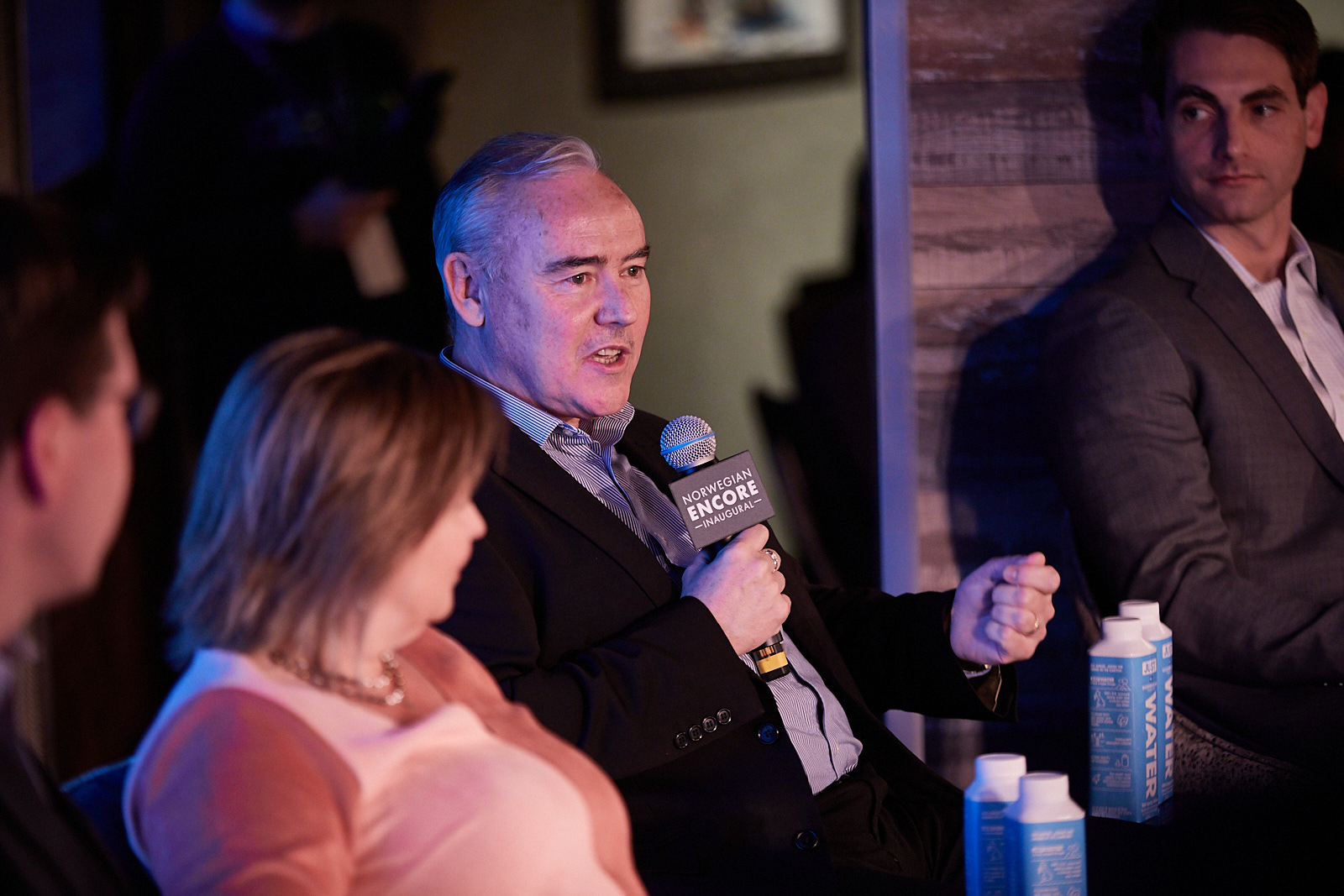A look at some of the pressing issues to keep an eye on this 2017
There was no such thing as a slow news day ever since President Rodrigo Duterte took office last June 30. His brash and controversial statements, along with his war on drugs dominated headlines for nearly all of the latter half of 2016, ushering in a new divide between his unyielding supporters and those taken aback by the President’s unorthodox ways.
But coming into the new year, apart from his pronouncements (frequently referred to as jokes or hyperbole by his Cabinet members), there are a number of pressing matters that need to be addressed, as opposed to being left subject to interpretation.
The ‘war’s’ end game
The numbers may vary depending on your source, but there is no doubt that Duterte’s war on drugs has been filled with bloodshed. A popular estimate by varying news outlets has the number of deaths attributed to the anti-drug campaign at around 6,000. According to the Philippine National Police (PNP), 2,165 deaths have come as a result of their official operations, often following the usual script of suspects being shot following “violent resistance” to their arrests. The PNP also claims that the campaign has also resulted in the surrendering of 1,007,153 “drug personalities.”
As a note, local village chiefs come up with the “narco lists” of suspected drug users and or peddlers. The police then visit the individuals’ homes and “plead” for them to “surrender. ”
Curiously, a good percentage of the victims of the drug war have already surrendered before their deaths.
“Without a doubt, the President’s anti-drug war is a success. It is evident we are hitting the mark in our campaign against illegal drugs,” Communications Secretary Martin Andanar said in a press release.
But what is the mark? Is there a quota to be reached? If you want to quash the “drug menace,” shouldn’t you attack major manufacturers and suppliers as opposed to users mired in poverty?
Andanar also said that the second phase of the drug war would focus more on rehabilitation. How this all plays out would be interesting to note as the year rolls on.
‘Change is coming’
Apart from eradicating drugs and crime in three to six months, the promise of change was the foundation of Duterte’s presidential campaign. But apart from the impassioned rhetoric from the President, what changes have actually been set in motion?
Recently, Senator Panfilo Lacson decried that in the approved 2017 national budget, lawmakers would be keeping their “graft-ridden” pork barrel, where as reported by the Philippine Daily Inquirer, some congressmen get allocations of PhP1.5 to PhP5 billion each for their pet projects.
“Change is coming? Maybe, but it’s pork allocations changing hands from the Liberal Party congressmen to those from Mindanao,” Lacson said. “I am not stupid. Filipinos are not stupid. They are just resigned, I think. After all these years that I and my staff scrutinize the budget books year in and year out, I know pork when I see it.”
Davao City Representative Karlo Alexei Nograles denied Lacson’s claims, saying that the latter was “confused” about the PhP3.35-trillion 2017 budget being riddled with pork barrel insertions.
In 2013, the Supreme Court declared unconstitutional the Priority Development Assistance Fund—funds drawn from the national budget to finance projects identified by legislators.
Breadth and taxes
Another key issue worth keeping an eye on is the administration’s proposed tax reform. Split into five packages, the first one plans to reduce income tax rates, while offsetting the losses by removing exemptions from valued added tax and increasing fuel excise taxes, among other means of increasing tax revenue.
As reported by Business World, The International Monetary Fund (IMF), for one, has said that the set of changes proposed is on the right track to a more progressive taxation that would lead to raising additional funds to support a hike in public investments.
According to the finance department, the PhP127.4 billion in losses from the lowered income tax rates will be offset by the PhP301.6 billion from the expanded value tax base and the adjusted excise taxes for cars and fuels—an estimated net gain of PhP174.2 billion
In the tax reform proposal, tax rates for those earning less than PhP3 million a year will decrease annually until it reaches the 25 percent threshold. Those making more than PhP5 million on the other hand will be subjected to a tax rate of 35 percent, while those earning PhP3-5 million annually will remain at 32 percent.
As noted by Business World, having the highest income tax rates in Southeast Asia makes the Philippines a less attractive investment target for foreign firms.
On the other hand, the administration is reportedly intent on imposing a tax of PhP6 per liter on diesel, while tax on gasoline is expected to be raised to Php10 from PhP4.35.
Marikina Representative Romero Quimbo said that the planned move would be tantamount to giving with its right hand (lowering income taxes), while taking away with its left hand.
“They want to withdraw tax exemptions of senior citizens and persons with disability. They will tax diesel, which public and most transport vehicles use. They will tax cooking gas. They want to collect higher tax on gasoline and cars. These levies will hit not only the middle class but low income earners as well,” the Congressman said.
Other items to be taxed under the proposal to make up for the lower income taxes are holiday, overtime, night shift differential, hazard, and 13th month pays.
“Since the burden of excise taxes on petroleum products cascades to the ultimate consumer or the general public, the brunt of the tax is borne by ordinary people who constitute the bulk of the consuming public who will not benefit from the tax package,” Albay Representative Edcel Lagman pointed out.
By TIMOTHY JAY IBAY
The rogue one: Beyond the drug war story
Published on January 9, 2017
This post was last updated on March 26th, 2020 at 02:56 pm








